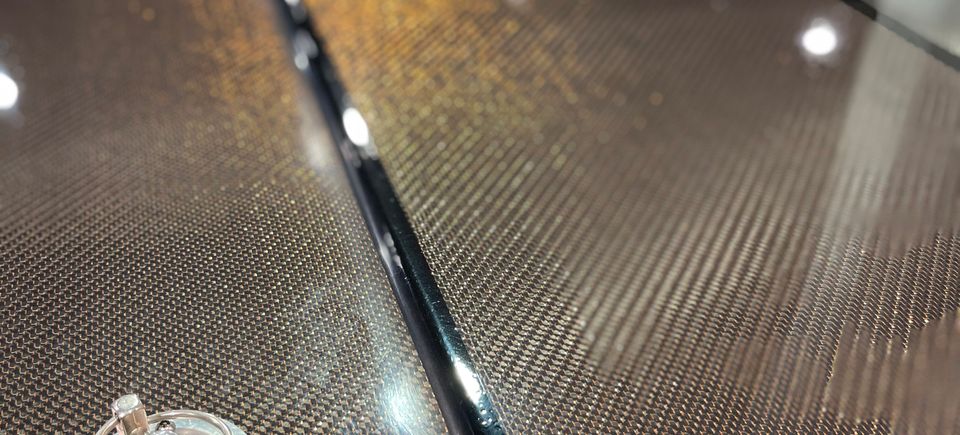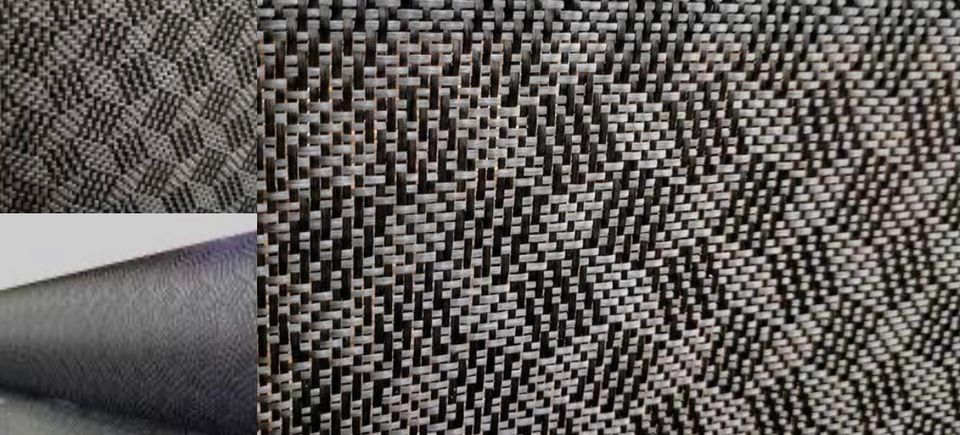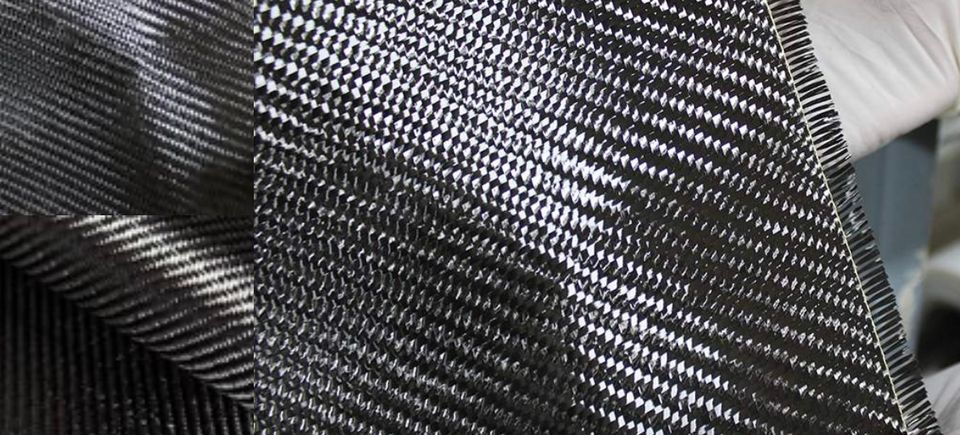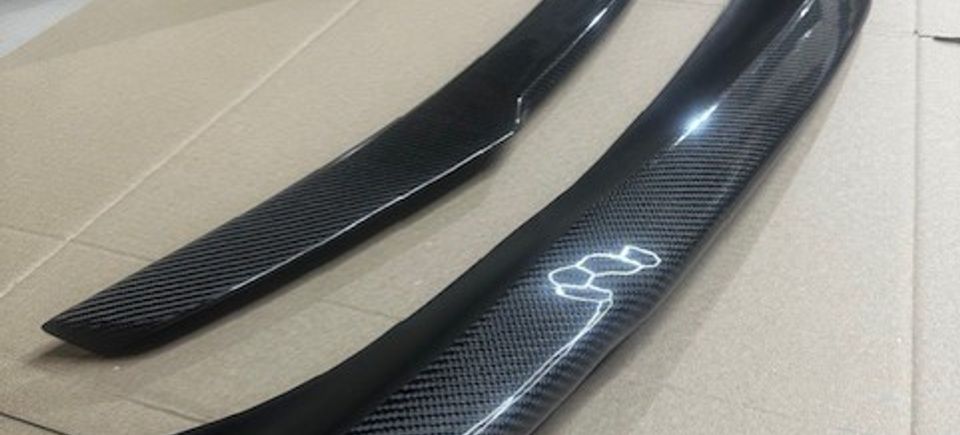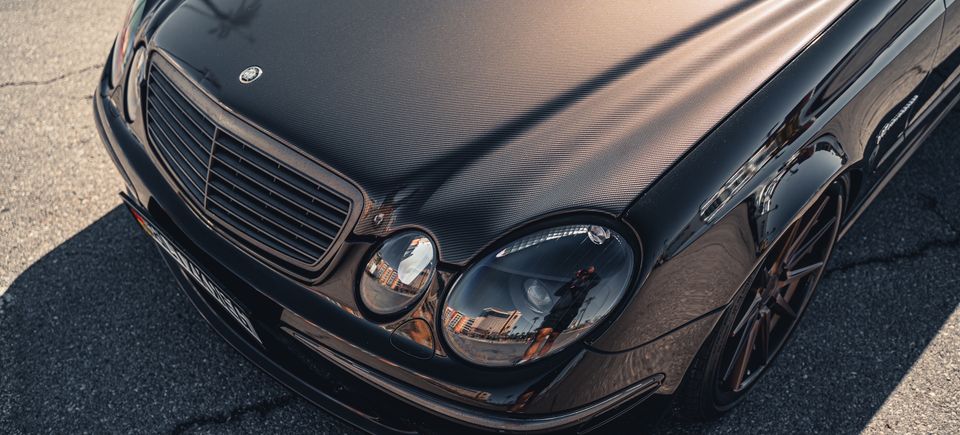
Why choose carbon Fiber ?
1. Strength-to-Weight Ratio: Carbon fiber is composed of thin strands of carbon atoms aligned in a specific pattern and bonded together with a polymer resin. This structure gives it remarkable strength considering its light weight. In fact, carbon fiber is significantly stronger than materials like steel and aluminum on a per-weight basis. This characteristic makes it highly desirable in industries where reducing weight while maintaining strength is critical, such as aerospace, automotive, and sports equipment manufacturing.
2. Stiffness: Carbon fiber exhibits high stiffness or modulus of elasticity, which means it can resist deformation under load. This stiffness is crucial in applications where dimensional stability and precise control are important, such as in aircraft wings, racing car chassis, and sporting goods like tennis rackets and bicycles. Compared to metals like steel, carbon fiber can achieve similar stiffness at a fraction of the weight.
3. Durability: Carbon fiber is exceptionally durable and resistant to fatigue. It can withstand repeated loading cycles without weakening, making it ideal for components that undergo high stress or vibrations, such as rotor blades in wind turbines or structural elements in high-performance vehicles.
4. Corrosion Resistance: Unlike metals, which can rust or corrode over time, carbon fiber is inherently resistant to corrosion. This property makes it suitable for use in environments where exposure to moisture, chemicals, or salt can degrade other materials. For example, carbon fiber components are commonly used in marine applications, where they must endure saltwater exposure without deteriorating.
5. Design Flexibility: Carbon fiber can be molded into virtually any shape or form, thanks to its flexibility during the manufacturing process. It can be laid up in layers or woven into specific patterns to tailor its mechanical properties according to the application's requirements. This versatility allows designers to optimize the performance of carbon fiber parts by adjusting the orientation and thickness of the fibers, leading to highly efficient and customized solutions.
6. Aesthetics: Beyond its mechanical properties, carbon fiber is appreciated for its aesthetic appeal. The distinctive woven pattern and glossy finish of carbon fiber parts impart a modern, high-tech look that is synonymous with performance and luxury. This aesthetic quality has made carbon fiber a popular choice for automotive trim, consumer electronics, and high-end sporting goods.
7. Environmental Considerations: While carbon fiber production traditionally involves energy-intensive processes, advancements in manufacturing techniques are making it more environmentally friendly. For instance, some manufacturers are exploring sustainable sources of carbon fibers and improving recycling methods to reduce waste and energy consumption. Additionally, the lightweight nature of carbon fiber contributes to fuel efficiency in transportation applications, thereby lowering overall carbon emissions.
In conclusion, carbon fiber's unique combination of strength, lightweight, stiffness, durability, corrosion resistance, design flexibility, aesthetic appeal, and potential environmental benefits positions it as a material of choice across diverse industries seeking high-performance solutions. Its continued development and integration into new applications are likely to further enhance its reputation and utility in the future.
2. Stiffness: Carbon fiber exhibits high stiffness or modulus of elasticity, which means it can resist deformation under load. This stiffness is crucial in applications where dimensional stability and precise control are important, such as in aircraft wings, racing car chassis, and sporting goods like tennis rackets and bicycles. Compared to metals like steel, carbon fiber can achieve similar stiffness at a fraction of the weight.
3. Durability: Carbon fiber is exceptionally durable and resistant to fatigue. It can withstand repeated loading cycles without weakening, making it ideal for components that undergo high stress or vibrations, such as rotor blades in wind turbines or structural elements in high-performance vehicles.
4. Corrosion Resistance: Unlike metals, which can rust or corrode over time, carbon fiber is inherently resistant to corrosion. This property makes it suitable for use in environments where exposure to moisture, chemicals, or salt can degrade other materials. For example, carbon fiber components are commonly used in marine applications, where they must endure saltwater exposure without deteriorating.
5. Design Flexibility: Carbon fiber can be molded into virtually any shape or form, thanks to its flexibility during the manufacturing process. It can be laid up in layers or woven into specific patterns to tailor its mechanical properties according to the application's requirements. This versatility allows designers to optimize the performance of carbon fiber parts by adjusting the orientation and thickness of the fibers, leading to highly efficient and customized solutions.
6. Aesthetics: Beyond its mechanical properties, carbon fiber is appreciated for its aesthetic appeal. The distinctive woven pattern and glossy finish of carbon fiber parts impart a modern, high-tech look that is synonymous with performance and luxury. This aesthetic quality has made carbon fiber a popular choice for automotive trim, consumer electronics, and high-end sporting goods.
7. Environmental Considerations: While carbon fiber production traditionally involves energy-intensive processes, advancements in manufacturing techniques are making it more environmentally friendly. For instance, some manufacturers are exploring sustainable sources of carbon fibers and improving recycling methods to reduce waste and energy consumption. Additionally, the lightweight nature of carbon fiber contributes to fuel efficiency in transportation applications, thereby lowering overall carbon emissions.
In conclusion, carbon fiber's unique combination of strength, lightweight, stiffness, durability, corrosion resistance, design flexibility, aesthetic appeal, and potential environmental benefits positions it as a material of choice across diverse industries seeking high-performance solutions. Its continued development and integration into new applications are likely to further enhance its reputation and utility in the future.

